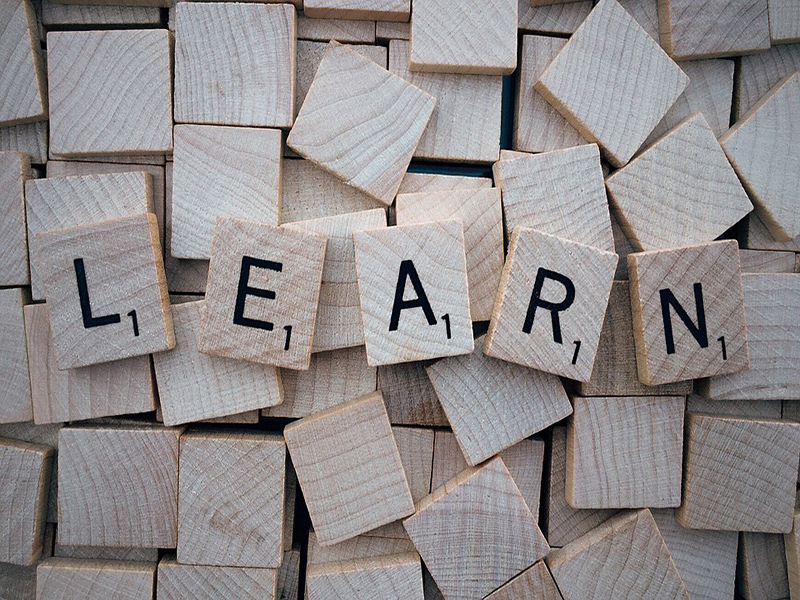 Today, we are witnessing industries undergoing a disruption with a rapid convergence of technologies. These constant changes are making competencies in workforce go obsolete leaving lifelong learning as the only feasible option. On the other side, the Gen Z has a set of unique behavioural attributes which is shaping the needs of education industry and pushing them to develop ways to deal with them.
Today, we are witnessing industries undergoing a disruption with a rapid convergence of technologies. These constant changes are making competencies in workforce go obsolete leaving lifelong learning as the only feasible option. On the other side, the Gen Z has a set of unique behavioural attributes which is shaping the needs of education industry and pushing them to develop ways to deal with them.
Here are some of the latest industry trends of delivering learning:
1. Nano-learning
The attention span of learners is persistently shrinking. With the existence of lengthy, text-
intensive, un-interactive learning content, students are unwilling to sit in sessions spread over hours. To address this, nano-learning or bite-sized learning is fast becoming a significant trend to support the learner behaviour and ensure attention.
2. Lifelong Learning
According to research, by 2022, 9 percent of India’s work force is expected to be employed in job roles that don’t exist today while 37 percent is believed to be in new job roles. In order to prepare for this change, it is important to know that learning is not discreet, rather a continuous and connected process in
which the needs of the learners vary with time and the stage of their life. Every moment provides a learning opportunity. Hence, it is necessary to keep a track of the learning culture of an individual across different stages and not just specific learning in a particular stage. This will help understand the capabilities of a learner in its true sense.
3. Mass personalisation
The pattern of customer-based personalisation is gradually progressing wherein adaptive means of learning is taking over the concept of ‘one-size fits all’. Being an effective mode of learning, this approach takes into consideration the individual learner abilities, and the appropriate time to consume content, thereby enhancing the quality of learning and the overall experience of learners.
4. Data-driven learning
Every individual leaves a large footprint of his/her learning behaviour while learning. Today, such interactions (learning better with video, preferring game format, etc.) are acting as data sources for understanding the learner’s patterns and trends, and for devising strategies to make learning more effective than before.
5. Self-paced learning
Learners have some nuances, which are unique to them where some students slow in a certain subject but might have the ability to grasp other subjects better. Taking this into consideration, the pace of the content is now being adjusted according to the strengths and weaknesses of the individual student in specific subjects.
6. Addictive mechanisms in learning
There are specific constructs either in the content or in the learning platform that attract a learner’s attention. These include ‘like’ or ‘comment’ buttons, challenges, the capability to score and compete, win badges and points, and so on. The focus of learning is slowly transforming to include these constructs in the content to make learning more addictive.
7. Engaged or Immersive Learning
The learner today desires a learning experience with engaging, interactive content that includes games, puzzles, and surprises embedded within. Hence, there is a growing trend of designing content using technologies like augmented reality and virtual reality to create immersive and engaging experiences.
8. Collaborative learning
Learning is no longer a one-to-one interaction between the content and the learner. Instead, it is transforming to be an interaction between a group of people in a community construct where students can learn by debating and deliberating on a common platform. This concept moves beyond the traditional custom of a student and a teacher. A teacher’s role is to facilitate learningfor learners together learn from each other.
9. 21st century skills
According to a survey, India is expected to form 25 percent of the world’s workforce by 2025. This creates the urgency to equip the country’s youth with 21st century skills which have a much higher preference over specific domain skills. Today, learners are assessed on their ability to work in teams, be ethical in given scenarios, and to be creative and assertive. As a result, the focus has shifted towards developing these capabilities to help learners have a greater advantage in the job
space. It is not just academics, it extends beyond to social skills.
10. Learning experience platform
Today, merely rendering content is not enough; instead one needs to render experiences to make learning enjoyable. The emphasis rests on enhancing learner experience management system which uses engaging game cartridges to modulate experiences while delivering content.
As we progress in 2019, we have our energies focused on these evolving trends which are going to dominate the next decade. We want to make sure we are at the forefront of driving these trends in the market.
Authored by Venguswamy Ramaswamy, global head of TCS iON, a Tata Consultancy Services unit focused on education, assessment boards and SMBs.























